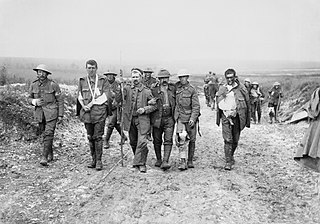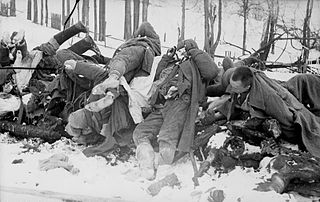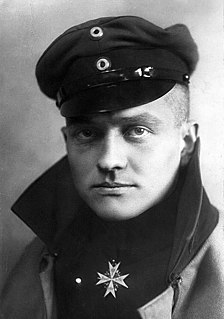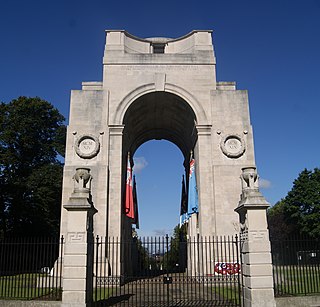For a List of wars in the 20th century, see:
| This article includes a military-related list of lists. |
For a List of wars in the 20th century, see:
| This article includes a military-related list of lists. |

The American Revolutionary War (1775–1783), also known as the American War of Independence, was initiated by the thirteen original colonies against the Kingdom of Great Britain over their objection to Parliament’s direct taxation and its lack of colonial representation. The overthrow of British rule established the United States of America as the first republic in modern history extending over a large territory.

Star Wars is an American epic space-opera media franchise created by George Lucas, which began with the eponymous 1977 film and quickly became a worldwide pop-culture phenomenon. The franchise has been expanded into various films and other media, including television series, video games, novels, comic books, theme park attractions, and themed areas, comprising an all-encompassing fictional universe. The franchise holds a Guinness World Records title for the "Most successful film merchandising franchise." In 2020, the Star Wars franchise's total value was estimated at US$70 billion, and it is currently the fifth-highest-grossing media franchise of all time.

World War II, also known as the Second World War, was a global war that lasted from 1939 to 1945. The vast majority of the world's countries—including all the great powers—eventually formed two opposing military alliances: the Allies and the Axis. A state of total war emerged, directly involving more than 100 million people from more than 30 countries. The major participants threw their entire economic, industrial, and scientific capabilities behind the war effort, blurring the distinction between civilian and military resources. World War II was the deadliest conflict in human history, marked by 70 to 85 million fatalities. Tens of millions of people died during the conflict due to genocides, premeditated death from starvation, massacres, and disease. Aircraft played a major role in the conflict which included the use of terror bombing, strategic bombing and the only use of nuclear weapons in war.

The total number of military and civilian casualties in World War I were about 40 million: estimates range from around 15 to 22 million deaths and about 23 million wounded military personnel, ranking it among the deadliest conflicts in human history.

War is an intense armed conflict between states, governments, societies, or paramilitary groups such as mercenaries, insurgents and militias. It is generally characterized by extreme violence, aggression, destruction, and mortality, using regular or irregular military forces. Warfare refers to the common activities and characteristics of types of war, or of wars in general. Total war is warfare that is not restricted to purely legitimate military targets, and can result in massive civilian or other non-combatant suffering and casualties.

A military, also known collectively as armed forces, is a heavily armed, highly organized force primarily intended for warfare. It is typically officially authorized and maintained by a sovereign state, with its members identifiable by their distinct military uniform. It may consist of one or more military branches such as an army, navy, air force, space force, marines, or coast guard. The main task of the military is usually defined as defence of the state and its interests against external armed threats.
Blacklisting is the action of a group or authority, compiling a blacklist of people, countries or other entities to be avoided or distrusted as not being acceptable to those making the list. If someone is on a blacklist, they are seen by a government or other organization as being one of a number of people who cannot be trusted or who have done something wrong. As a verb, blacklist can mean to put an individual or entity on such a list.

World War II was the deadliest military conflict in history. An estimated total of 70–85 million people perished, which was about 3% of the 1940 world population.

During the American Civil War (1861–1865), the Union, also known as the North, referred to the United States of America, specifically to the national government of President Abraham Lincoln and the 20 free states and 5 border states that supported it. The Union was dedicated to the defeat and termination of the Confederate States of America, informally called "the Confederacy" or "the South".

Lists of World War II military equipment are lists of military equipment used in World War II (1939–1945). They include lists of aircraft, ships, vehicles, weapons, personal equipment and uniforms, and other equipment. There are aggregated military equipment lists by country, and lists of classes of equipment broken down by country or by type.

The Allies of World War I or Entente Powers were the coalition that opposed the Central Powers of Germany, Austria–Hungary, the Ottoman Empire, and Bulgaria during the First World War (1914–1918).

The following are lists of World War I flying aces. Historically, a flying ace was defined as a military aviator credited with shooting down five or more enemy aircraft during aerial combat. The term was first used by French newspapers, describing Adolphe Pégoud as l'as, after he downed seven German aircraft.
This is a list of World War II-related topic lists:
This is a list of articles listing the many characters included in the Transformers media franchise by the medium they appear in.
The following outline is provided as an overview of and topical guide to war:

The Arch of Remembrance is a First World War memorial designed by Sir Edwin Lutyens and located in Victoria Park, Leicester, in the East Midlands of England. Leicester's industry contributed significantly to the British war effort. A temporary war memorial was erected in 1917, and a committee was formed in 1919 to propose a permanent memorial. The committee resolved to appoint Lutyens as architect and to site the memorial in Victoria Park. Lutyens's first proposal was accepted by the committee but was scaled back and eventually cancelled due to a shortage of funds. The committee then asked Lutyens to design a memorial arch, which he presented to a public meeting in 1923.